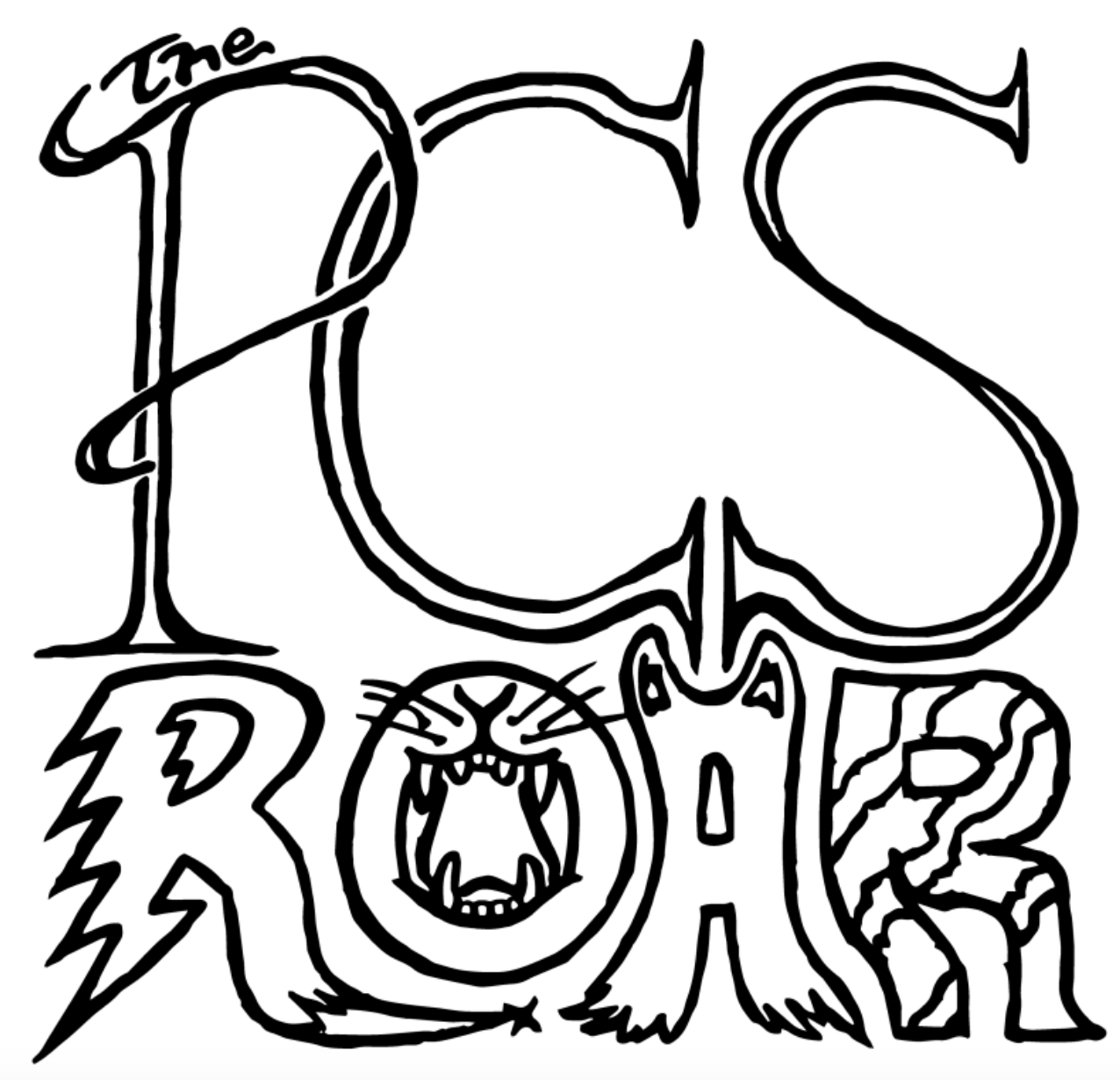Caffeine: The Socially Acceptable Psychoactive Drug
March 12, 2019
Here at PCS, caffeine is a big part of pretty much everyone’s lives, students and staff alike. The FDA says that at least 80% of adults consume caffeine daily, and 75% of teenagers. As a fervent latte-drinker myself, I’m not here to argue against it. But I am here to argue that if you consume it, you should understand it and the effect it has on your body.
Caffeine’s physiological function that gives us the effects we all like (such as decreased drowsiness and improved mood) is actually quite simple. It all has to do with its relationship to adenosine receptors. Basically, adenosine is created in the brain and binds to matching adenosine receptors. If you haven’t made it to AP Biology yet, a binder and a receptor are basically like two puzzle pieces that fit together correctly and prompt some effect. For adenosine, this binding slows down nerve cell activity, causing drowsiness. Caffeine works by also binding to an adenosine receptor. So in this case, caffeine and adenosine are matching puzzle pieces that both fit into the receptor puzzle piece. When caffeine binds to the receptor, there is nowhere for the actual adenosine (the rightful puzzle piece) to bind. Caffeine does not have the same drowsy effect as adenosine does, and can actually make your nerve cells speed up. This increased neuron firing causes the pituitary gland to sense a exciting or dangerous situation, and so in return it releases a signal that tells the adrenal glands to produce adrenaline. Adrenaline, as you probably know, can cause your heart to beat faster, blood pressure to rise, and muscles to tense. These are some of the effects you might feel after you consume caffeine. Part of the issue with caffeine is that adenosine is important for sleep, especially deep sleep. Just like any drug, this creates a positive feedback loop where you consume more in order to avoid the ‘comedown’. In this case, your lack of sleep or productive sleep causes you to be drowsy, so you consume more caffeine, which further interrupts your sleep cycle. Just like heroin or cocaine, caffeine slows down the rate of dopamine reabsorption, increasing dopamine levels (dopamine is the molecule responsible for making you feel happy). This fuels the addiction further by connecting consumption to feelings of pleasure. Another similarity caffeine shares with other drugs of abuse is its potential for withdrawal effects. Caffeine is addictive and reducing intake can result in symptoms like fatigue, depression, concentration issues, nausea, vomiting, and headaches. Caffeine has also been linked to positive health effects. For one, the Harvard School of Public Health concluded in a 2014 study that drinking 2-4 cups of coffee a day may reduce suicide risk in adults. More recently, research suggested that consuming 200 mg of caffeine a day can improve long term memory. While consuming caffeine in moderation isn’t bad, many medical professionals warn children and teenagers from consuming too much or too often. This is because caffeine negatively affects sleep, and sleep is vital for brain development which can impact things like learning ability. A study published in the journal PLOS One found links to delayed brain development for young rats consuming the rat-sized equivalent of 3-4 cups of coffee.
Basically, the key is just to be aware of your caffeine intake and understand the physiological effects. If you’re wondering what is a safe amount, the Mayo Clinic claims that “up to 400 milligrams (mg) of caffeine a day appears to be safe for most healthy adults. That’s roughly the amount of caffeine in four cups of brewed coffee, 10 cans of cola or two “energy shot” drinks” (Mayo Clinic). According to the Caffeine Informer, an online source where you can calculate your safe daily intake of the substance, they recommend that kids aged 13-18 do not consume more than 100 mg of caffeine a day.

